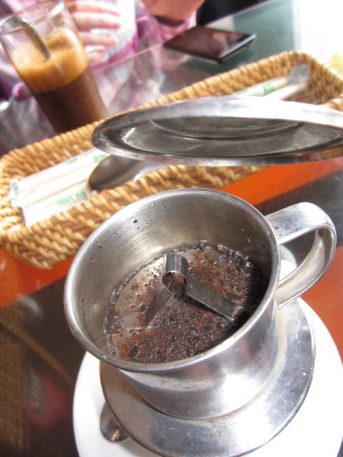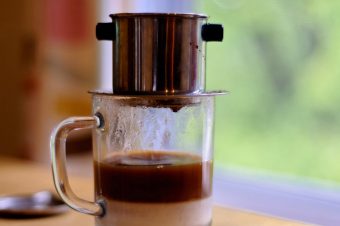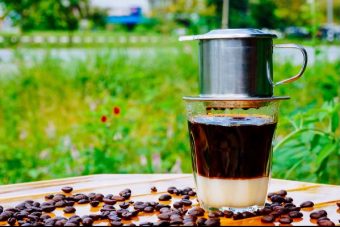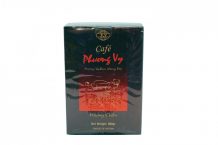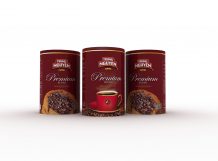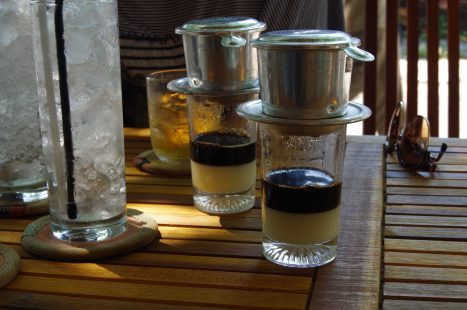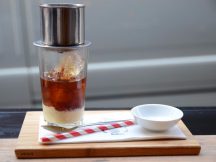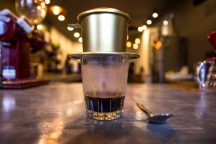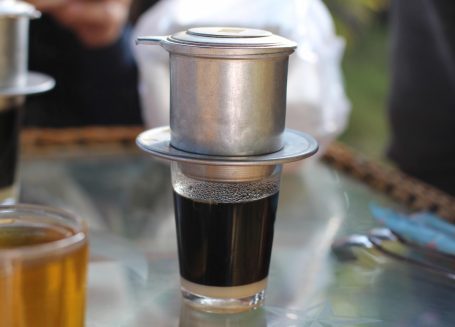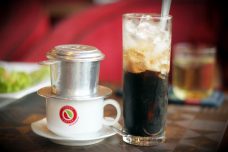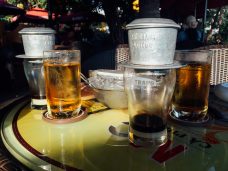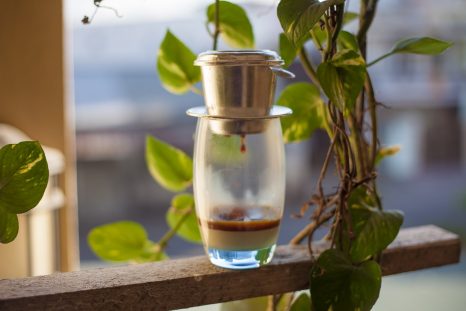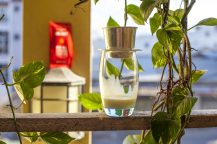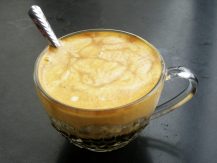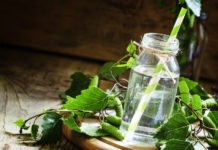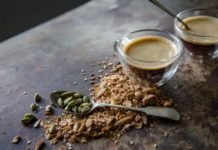Vietnam has a leading position in the world in the production of coffee, “pushing” Brazil to second place. For the first time, grains were brought into the territory of this state by the French in the mid-19th century. Today, coffee plantations occupy vast areas here, and Vietnamese coffee is popular not only in its homeland, but also in European countries and the United States.
Material Content:
What is Vietnamese coffee
In Vietnam, various varieties of a fragrant drink are now produced, including Luwak coffee, recognized as the most expensive in the world. In another way, this coffee is called “Mine Luwak”, and it gained its popularity due to specific processing methods.
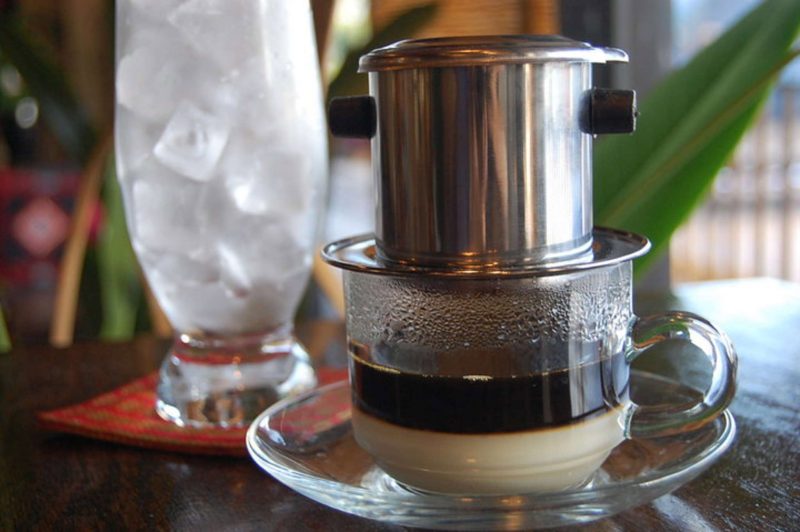
The variety belongs to the premium varieties and has a unique taste. Gourmets note a pleasant light bitterness with caramel notes, as well as a delicate, subtle aroma of vanilla and chocolate. In Vietnam, this drink is made in various ways and is drunk both hot and with ice.
Vietnamese coffee from animal litter - myth or truth
In Europe, Luwak is often called "Vietnamese coffee from the litter of the beast." The fact is that large populations of animals live on the territory of this state, whose name sounds like “Luwak”, “Musang” (sometimes, Masang), or palm civet. They belong to the Viverrov family, in appearance and size resemble a ferret and are small predators.However, their diet consists not only of animal food, but also of fruits, nuts and other plant components, including coffee beans.
Eaten coffee beans are not able to completely digest in the animal’s stomach, only the flesh is split, and the grains come out intact, albeit somewhat altered. Moreover, in the process of digestion, they undergo fermentation, as a result of which they lose their characteristic bitterness.
Musanga excrement is collected, thoroughly washed, and the resulting grains are fried. An unusual drink is prepared from them, which is very popular among tourists and visitors of the country.
According to legend, the local population learned about the unique properties of such coffee by accident. This happened when predatory civet destroyed the entire coffee crop that one poor family was growing. At first, people were very upset, but then they discovered that the animals' excrement contained undigested grains. Out of despair and hopelessness, they subjected them to traditional processing, first washing, and then roasting, and sold as ordinary coffee. Then it turned out that, thanks to the presence of animals in the stomach, the grains acquired a unique taste and aroma.
How to make coffee Luwak today
The high cost of Vietnamese Luwak coffee is explained by the fact that its production is a rather complicated process. At first, the Mussangs are caught and settled on farms. And since the enzyme necessary for digesting coffee pulp and giving the grains an original taste is not constantly produced in their bodies, but only 6 months a year, in the remaining time, the ration of the animals consists of chicken, vegetables and fruits.
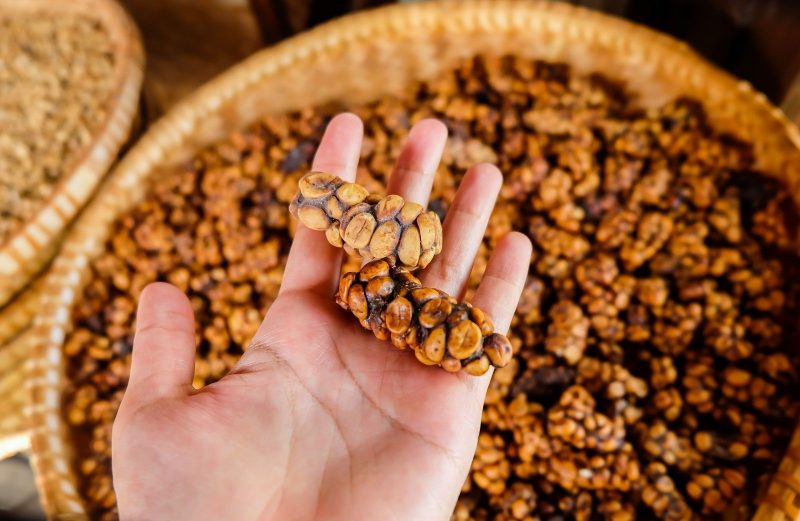
When the right moment comes, all other products are excluded from the menu of animals, and give them only coffee fruits. To save on keeping animals, they are caught for one season, and then released into the wild. Next year, other civet will live on the farms. In addition, as it turned out, these animals are not able to breed in captivity, so they can not be bred.
Common Beverage Varieties
On the plantations of Vietnam, such varieties of coffee as arabica and robusta are mainly grown, while the remaining varieties are not so popular. Arabica grows in the northern regions of the country, because it is suitable for a cooler and drier climate. Robusta also needs high temperature and high humidity.
The most famous coffee suppliers to the European market are the following Vietnamese companies:
- Trung Nguyen (Chung Nguyen). The foundation date of this corporation dates back to 1996, but despite its youth, the company is considered the most famous Vietnamese brand. Products are exported to many countries around the world, and a network of branded coffee houses is open in Japan, Thailand, Singapore, China, the USA and Germany.
- Phuong Vy (Von Wee). This manufacturer has been growing coffee for more than half a century, and its products comply with the international quality standard. The recipe for making coffee blends is kept secret and inherited.
- ME TRANG (Mechang). This corporation was founded less than 20 years ago, but today more than 1000 employees are employed in the production of coffee. Mechang offers a wide range of high-quality products and owns its own coffee houses, which are popular not only among the local population, but also among visitors.
The listed corporations produce both elite and affordable products, including Luwak coffee. The high cost of the latter is also explained by the fact that, according to statistics, no more than 250 kg is produced daily.
How to make Vietnamese coffee
Before moving on to the question of how to make Vietnamese coffee, you need to familiarize yourself with the special device that is used in the process. This is a press filter. Most often it is made of aluminum or stainless steel, but expensive specimens made of silver are also known.

The device consists of a stand, press, cover and heat-resistant container. This device allows you to make the perfect drink of the desired strength.
However, European housewives have long learned how to make Vietnamese coffee in Turks, coffee machines and French presses.
Classic recipe through a coffee filter press
To brew a classic Vietnamese drink, a coffee filter is a must.
For one serving, you will need the following ingredients:
- 2 to 3 teaspoons of coffee;
- 100 ml of boiling water.
Operating procedure:
- Disassemble the filter into parts and wipe them thoroughly with a cloth.
- Place the container in the stand, pour coffee in and evenly distribute it inside.
- Insert the press by turning the knob effortlessly.
- Pour a little boiling water into the container and wait half a minute, then add the remaining water. In this case, you must ensure that the liquid does not completely cover the handle of the press.
- Close the lid and wait until the drink begins to stand out drop by drop. On average, it takes about 5 to 7 minutes to fill a cup.
Attention! When brewing coffee, it should drip, not leak. To do this, you need to ram it tightly enough, adjusting the pressure so that no more than 50 drops are released per minute.
Cooking option with condensed milk
Using a special device, you can make Vietnamese coffee with condensed milk. It would seem that there is nothing new in this combination of components, but the drink is simply amazing.
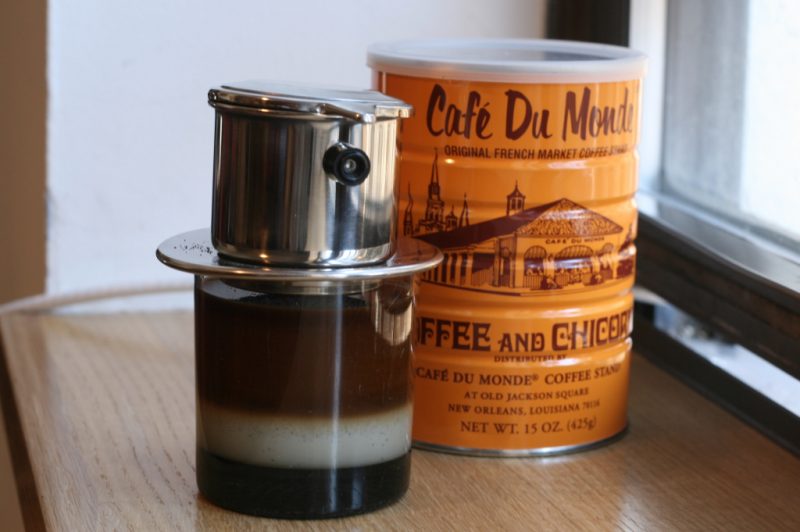
For cooking you will need:
- ground coffee;
- boiling water;
- condensed milk.
Operating procedure:
- Put condensed milk in a glass at the rate of 1 tablespoon per glass.
- Install a filter and brew coffee as described above.
- When coffee passes through the fixture, remove the filter from the cup.
The result is a “layered” drink, where the white line of condensed milk will be clearly visible below. The contents will need to be gently mixed, and then served hot or add ice cubes to the glasses.
Vietnamese ice drink
Vietnamese ice coffee is especially popular among tourists.
To prepare it you will need:
- 4 to 5 tablespoons of coffee;
- 400 ml of water;
- 30 ice cubes.
Operating procedure:
- Make strong coffee in the usual way.
- Pour the drink into glasses. The indicated amount of ingredients is designed for 2 servings.
- Pour ice cubes into the drink.
You can add condensed milk to the drink, at the same time put it in the glass first, and then pour coffee and mix.
Vietnamese coffee with egg
When brewing coffee, egg yolk can be added to the main ingredients. Despite the unexpected combination, the drink will turn out to be very tasty. They make it, as a rule, counting on a large company, namely on 7-8 glasses.
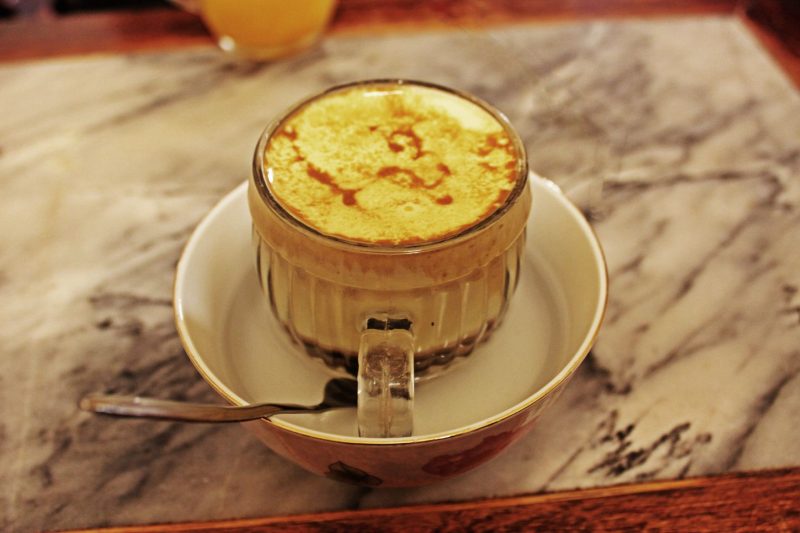
For cooking you will need:
- 85 - 90 g of coffee;
- 1 egg yolk;
- 2.5 liters of boiling water;
- 300 ml of cold purified water.
Sequencing:
- Combine ground coffee with egg yolk and grind until smooth.
- Dilute the components with some cold water so that a pasty mixture is obtained.
- Pour the resulting composition with boiling water, gently stir and boil for several minutes.
- Add the remaining cold water to the drink and let stand for several minutes.
Serve Vietnamese coffee with an egg, after filtering through a fine sieve.
Original white drink
In the classic recipe, not only condensed milk, but also brown sugar is added to the traditional ingredients. However, the last ingredient can be excluded so that the coffee does not turn out to be too sweet.
To prepare 4 servings you will need:
- 35 - 40 g of ground coffee;
- 80 g of condensed milk;
- 120 ml cream;
- 700 ml of water;
- brown sugar to taste;
- ice cubes.
Order of preparation:
- In a refractory container, bring water to a boil and introduce coffee.
- Let the liquid boil for 10 minutes, and then add sugar and condensed milk.
- Move the container to a cold place for a quarter of an hour, after mixing the contents well.
- Pour the drink into glasses without filling them to the brim, and then introduce cream.
Now it remains only to pour the right amount of ice into the glasses and serve coffee to the table.
Estimated prices for coffee Luwak
Original Vietnamese coffee can be purchased at specialized points or online.
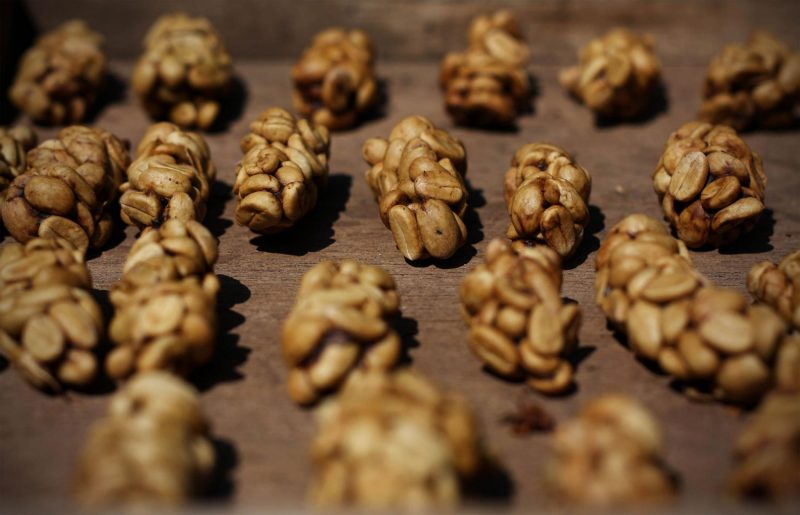
On the modern market, there are presented both Luwak in its pure form and coffee blends based on it. In the first case, at least 4000 rubles will be required to pay for 100 g, the price of the mixture depends on what part of the total amount of lewak.
A huge number of coffee products are offered in Asian markets, packaged in packs with the image of musang - the same animal involved in the production. At the same time, the cost of goods will be very democratic, from $ 4 per kilogram. You should be aware that in such mixtures, Luwak is present in microscopic amounts or not added at all. In addition, artificially fermented grains are often sold under the guise of this elite variety, in the processing of which predatory animals did not take any part.


